Influenza, or the flu, refers to a set of viruses that affect the respiratory tract. This disease is typically seasonal, and is most "active" during colder months.1
How is the flu spread?2
The flu is spread when droplets of an infected person enter an uninfected person's eyes, nose, or mouth. Additionally, flu may be transmitted through objects or surfaces (fomites). If an uninfected person were to come into contact with these fomites and then touch their eyes, nose, or mouth, they may become infected.
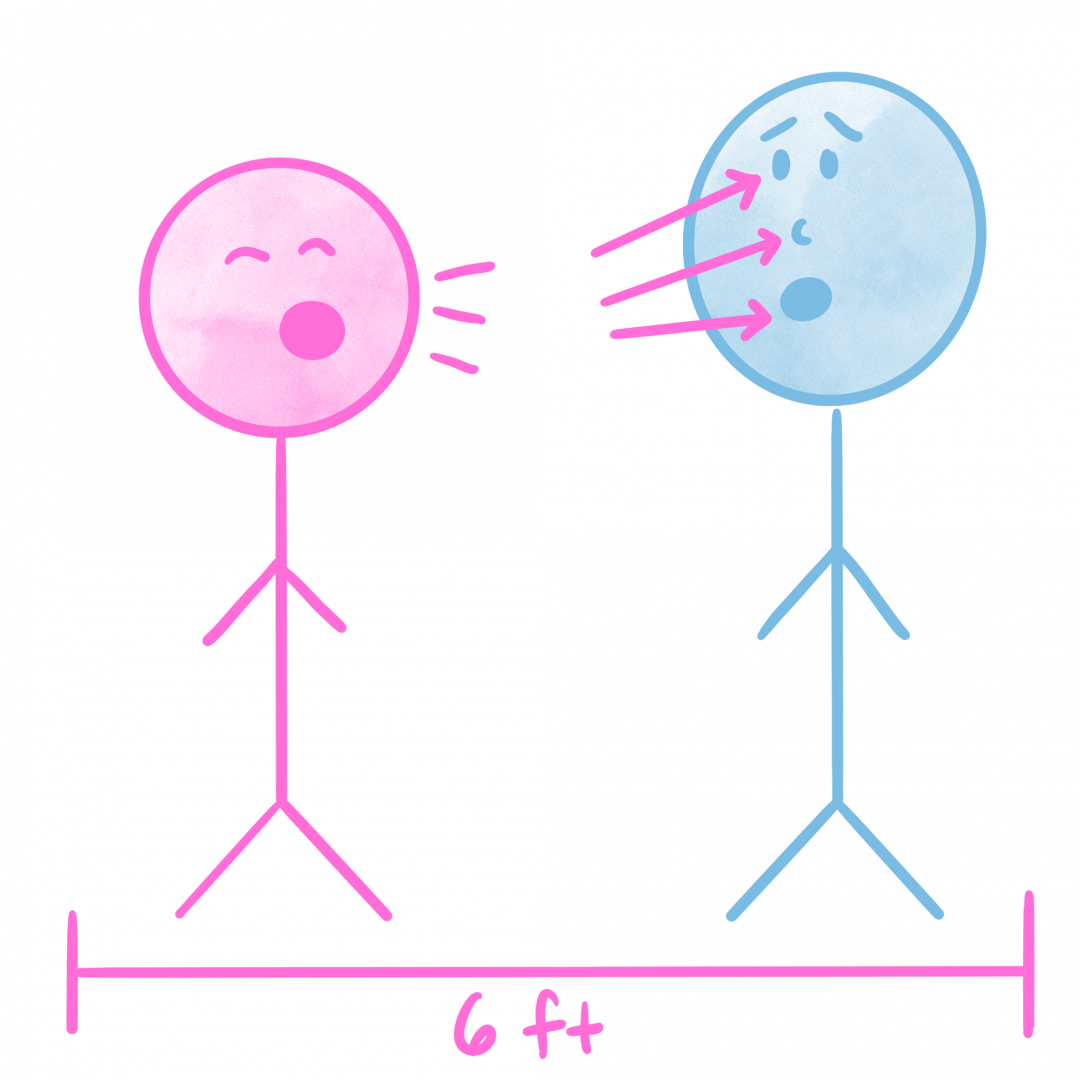
Direct Transmission
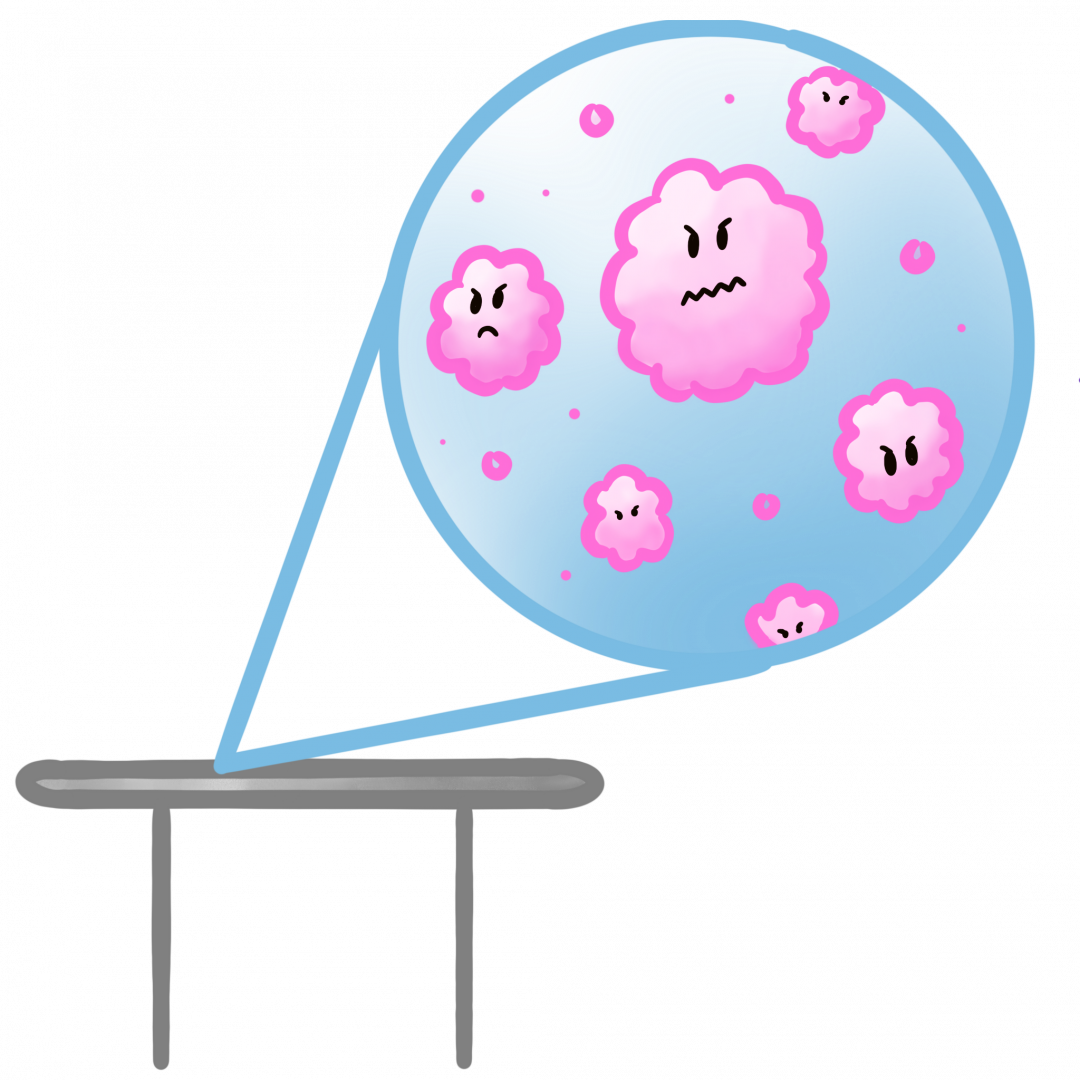
Fomites
Symptoms2,3
Symptoms of the flu can range in variety and severity. It is important to note that individuals who are infected may be able to pass on the disease before they show symptoms. Symptoms appear between 1 and 4 days after infection. Most symptoms clear up within 5-7 days; however, some symptoms may last for weeks.

Fever

Cough

Sore Throat

Runny or Stuffy Nose
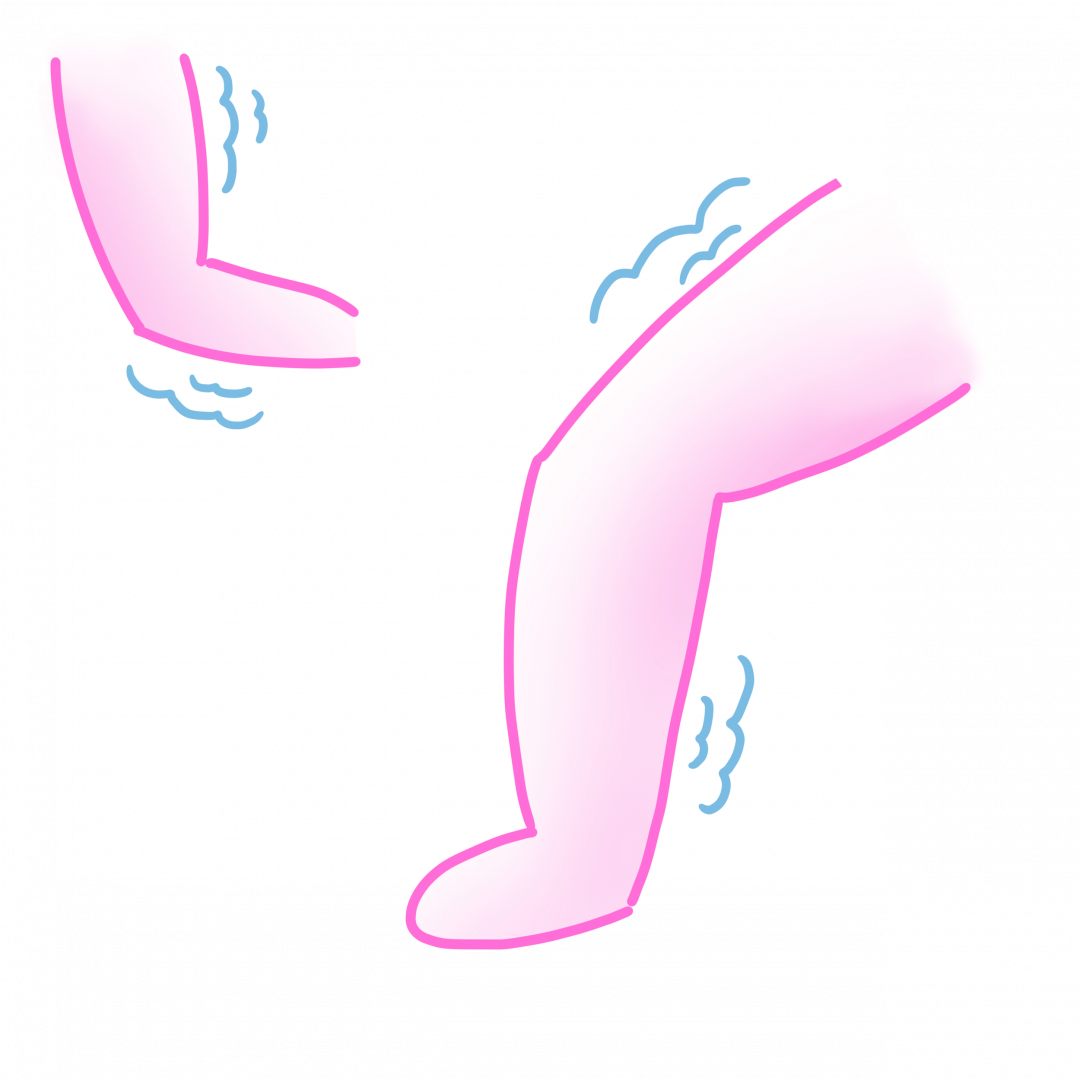
Muscle or body aches

Headache

Fatigue

Vomiting
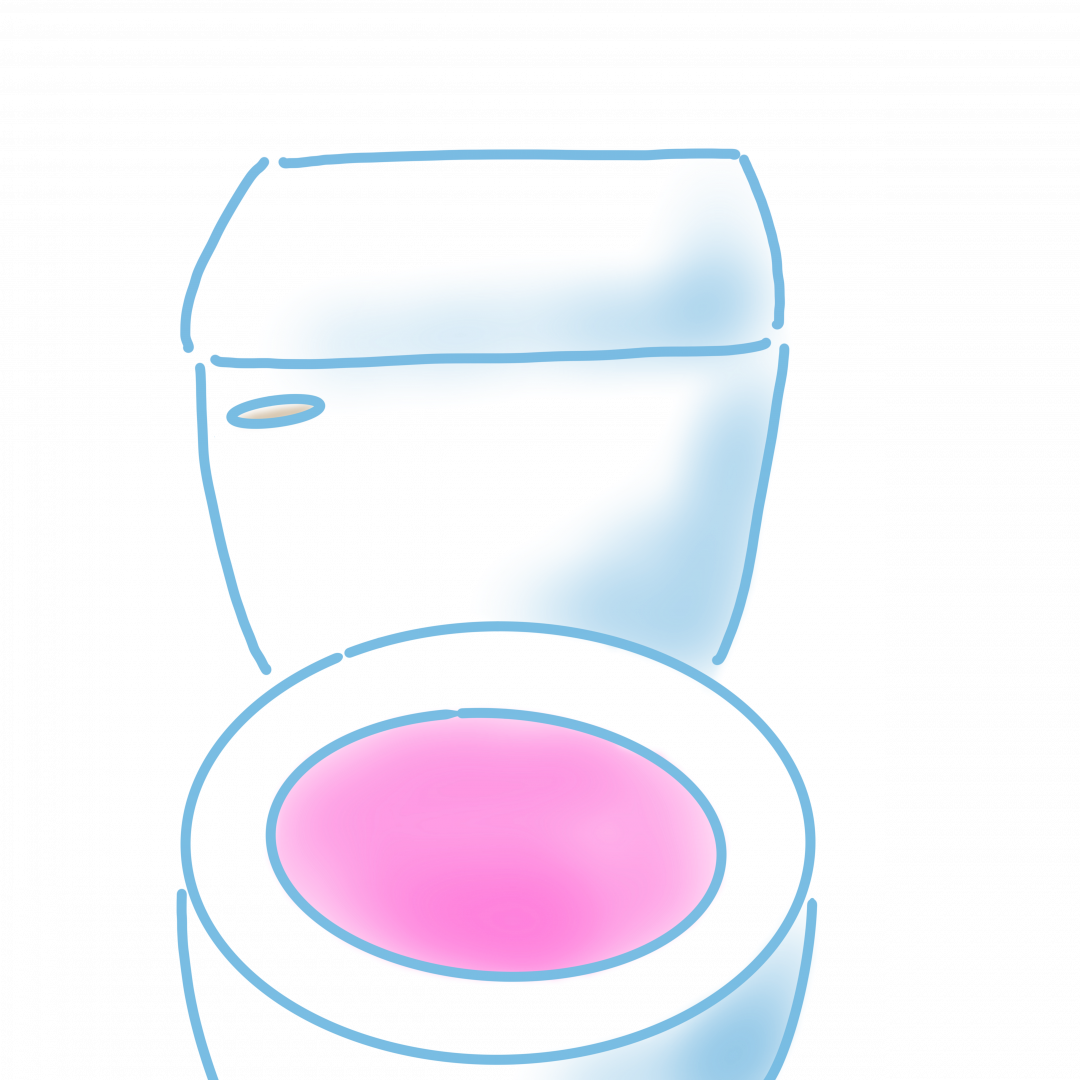
Diarrhea
Complications2,4
In some cases, the flu may worsen and lead to complications. These complications can be especially dangerous for very young children/infants, immunocompromised individuals, and the elderly.

Sinus Infection

Ear Infection
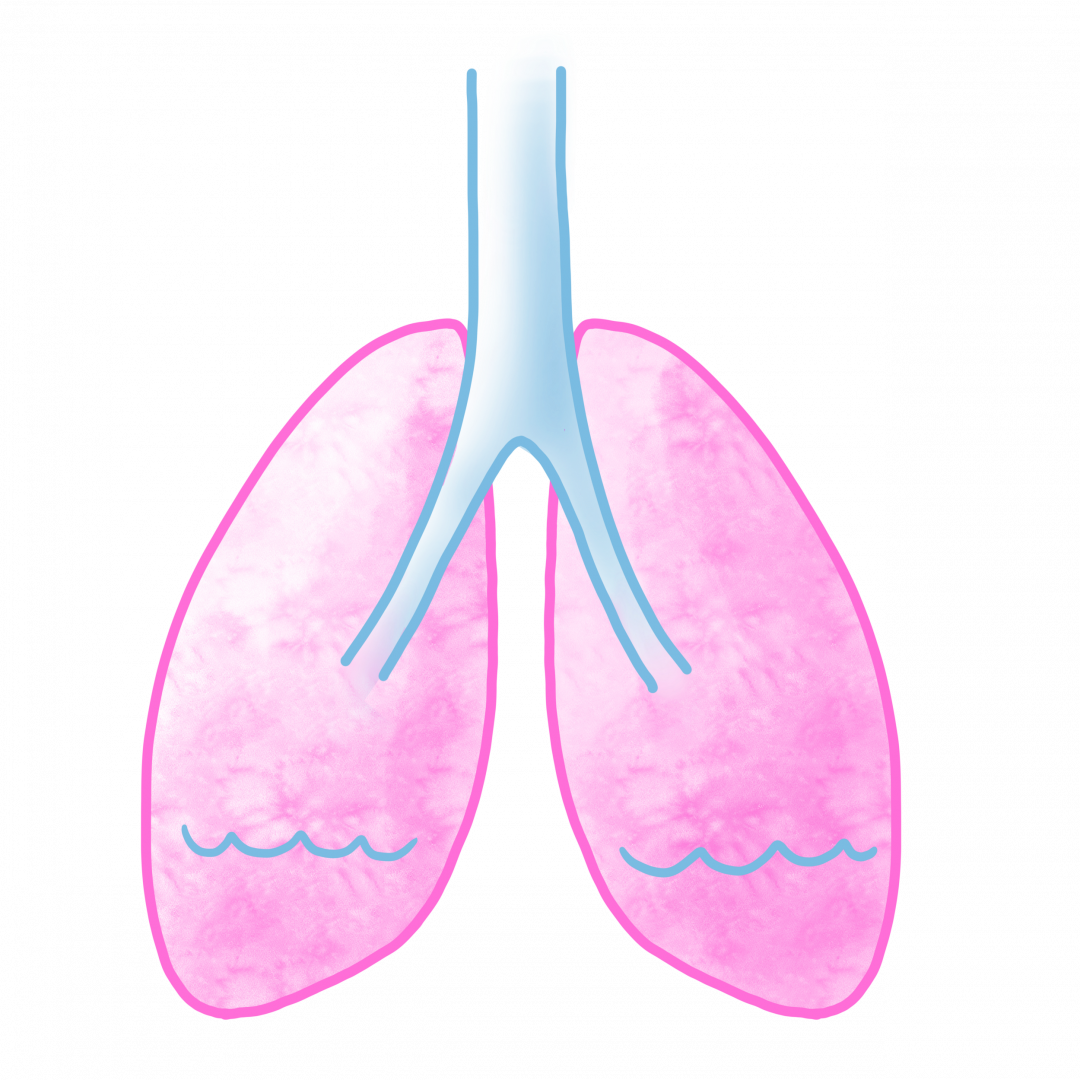
Pneumonia

Swelling of heart, brain, or other muscle tissue
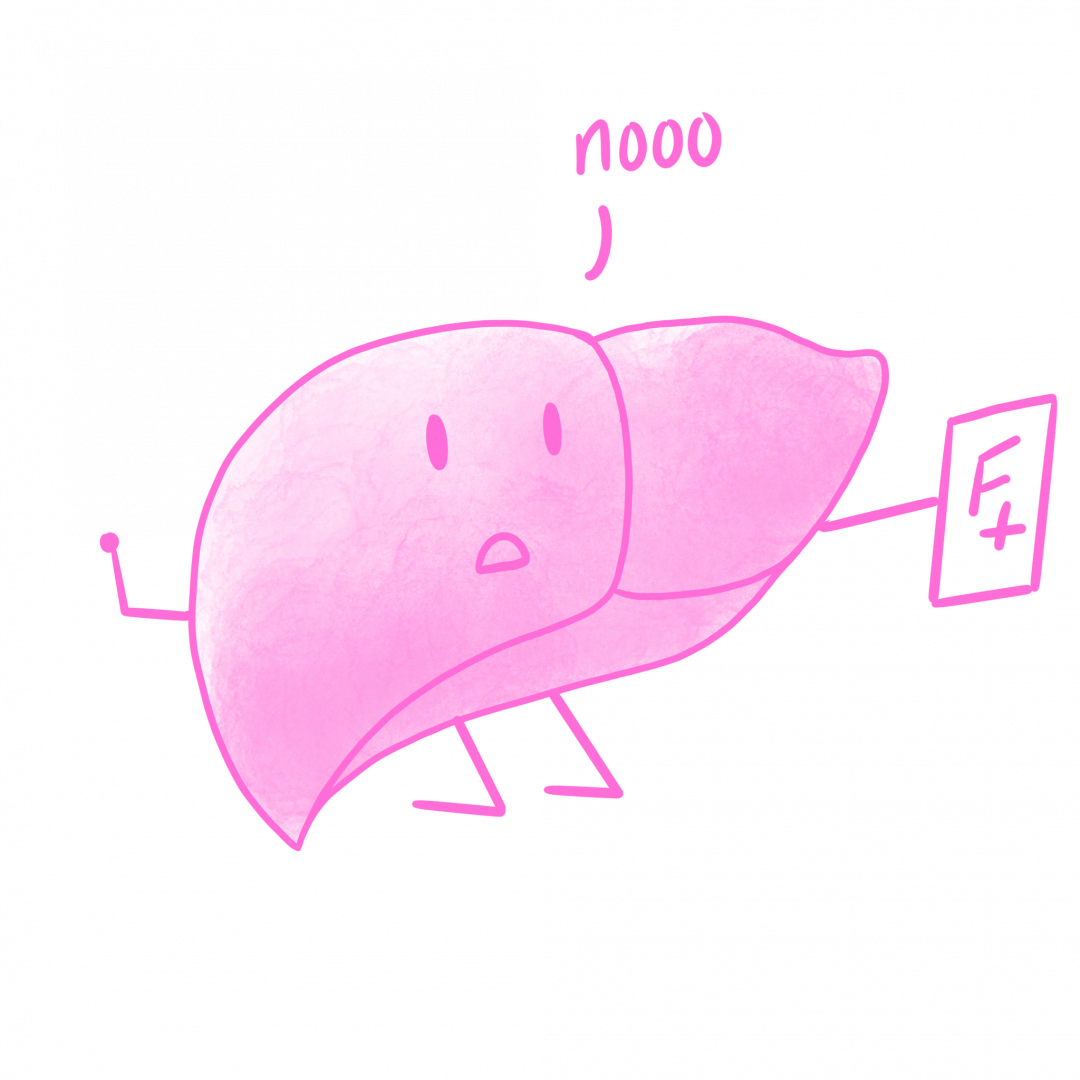
Organ Failure
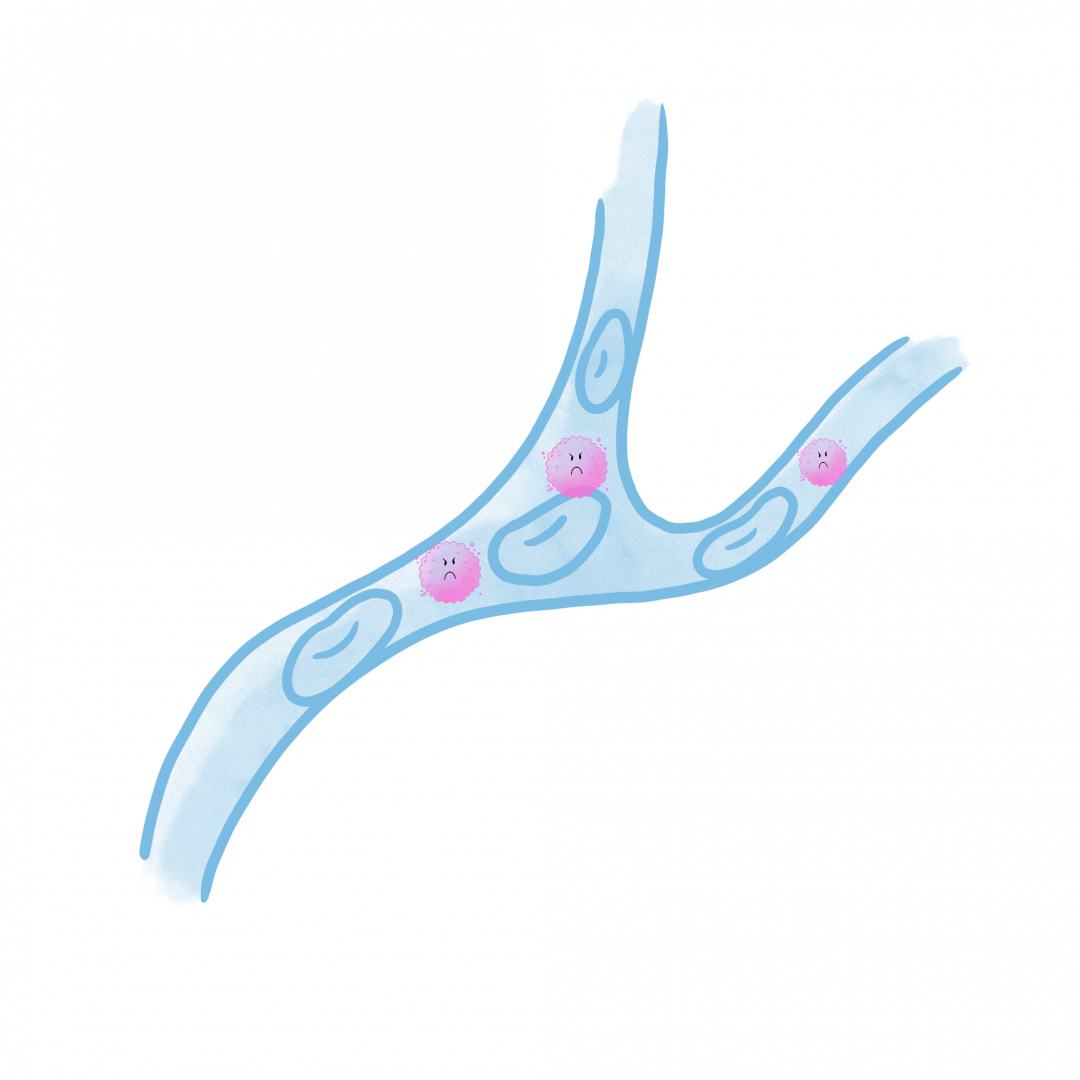
Sepsis (Infection of the blood)
- Top
- How is it spread?
- Symptoms
- Complications
- Vaccines
Flu Vaccines

Flu vaccines can prevent you from getting sick, especially during peak flu seasons.
How are flu vaccines made?5,6
The flu changes each year, so production and development of flu vaccines varies year to year. Each year, in collaboration with the World Health Organization (WHO), the CDC predict the worst flu strains for the upcoming flu season. These recommendations are passed along to production sites to begin producing vaccines. All vaccines are tested for safety and effectiveness before distribution. More information on the three methods of flu vaccine production can be found here.
Flu Vaccine Effectiveness7
The flu is dynamic and varies year to year. Effectiveness, or the amount of disease prevented by the vaccine, ranges from 10% to 60%. The flu vaccine consistently confers some protection each year. For a deeper look into the flu vaccine's effectiveness over time, see here.
When should I receive my flu vaccines?8
Individuals older than 6 months can and should receive a flu vaccine each year as soon as they are available (~October of each year).
Individuals aged 6 months to 8 years old who have never received a flu shot should receive 2 doses, spaced 4 weeks apart. Otherwise, only 1 dose of any available type of flu vaccine is necessary each year.
How do I know if I'm vaccinated against the flu?
Vaccination records are your best bet in knowing your vaccination status.
Flu Vaccine Safety9
Safety profiles for flu vaccine are robust and the large majority of side effects are mild and temporary. Inactivated, (or killed) flu vaccines may be associated with Guillain–Barré Syndrome (GBS), depending on certain vaccine combinations and other underlying conditions. Estimates of GBS are roughly 1-2/1,000,000 persons. It should be noted that an individual's risk of GBS after influenza may be higher compared to after receiving a vaccination.
If you have any questions or concerns regarding safety, your physician will have the most up to date information and can help you make the best decision.
Flu Vaccine Side Effects10
Due to the wide variety and variance in flu vaccines, side effects, while mostly mild, may vary.
Inactivated Influenza Vaccine Side Effects
These are killed vaccines. Common side effects include:
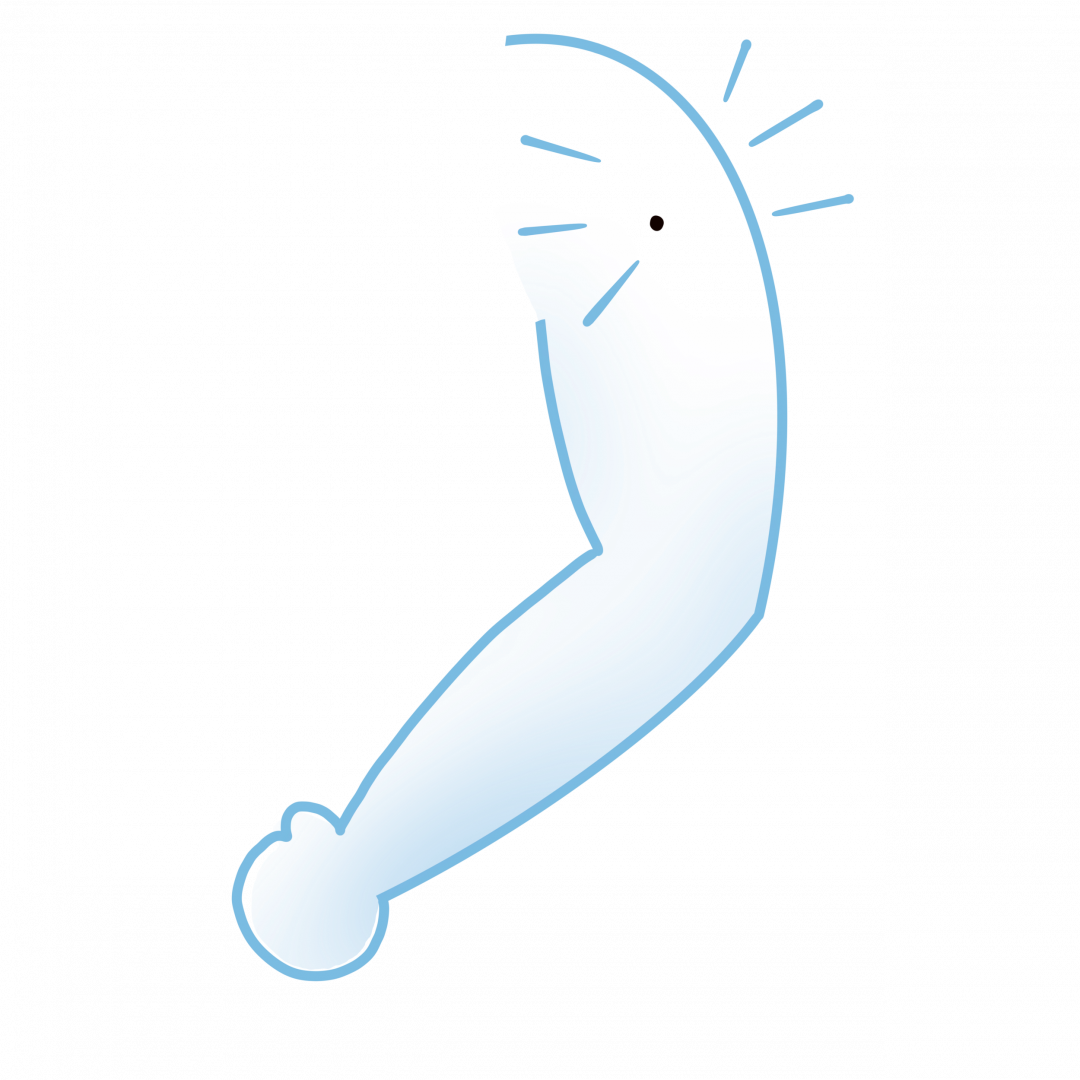
Injection site pain or reactions
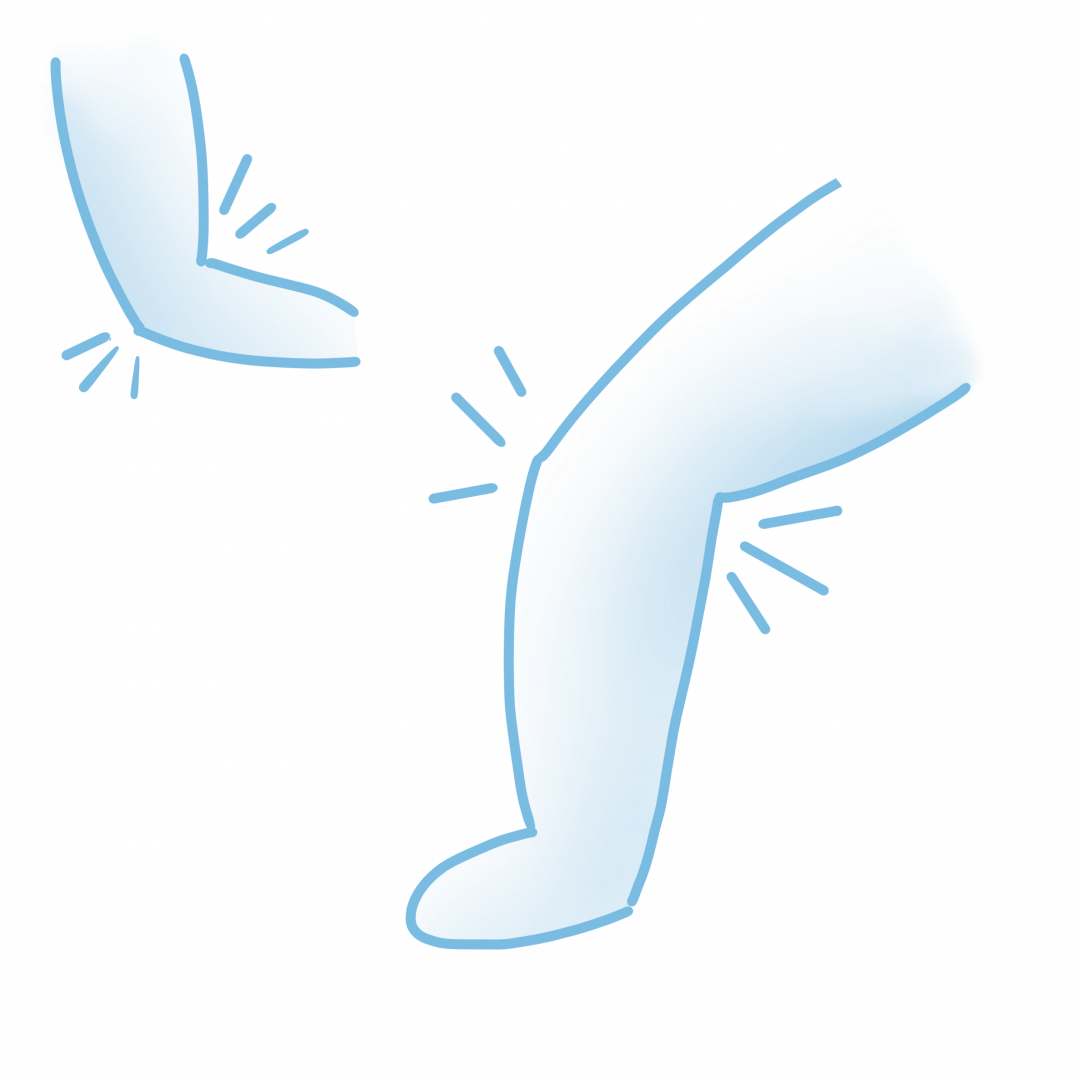
Joint or muscle pain
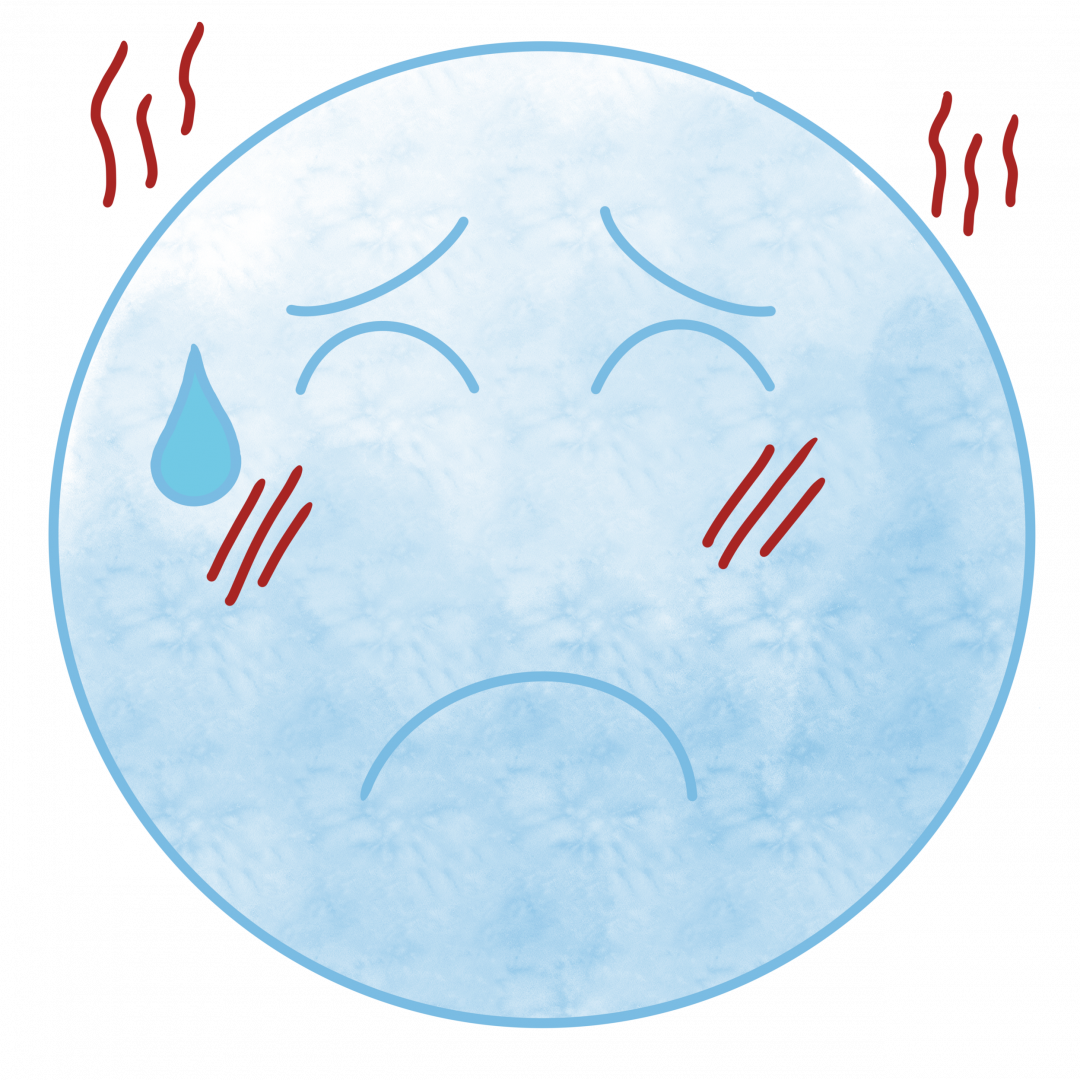
Fever

Febrile seizures (if given in conjunction with pneumococcal vaccine & DTaP vaccine)
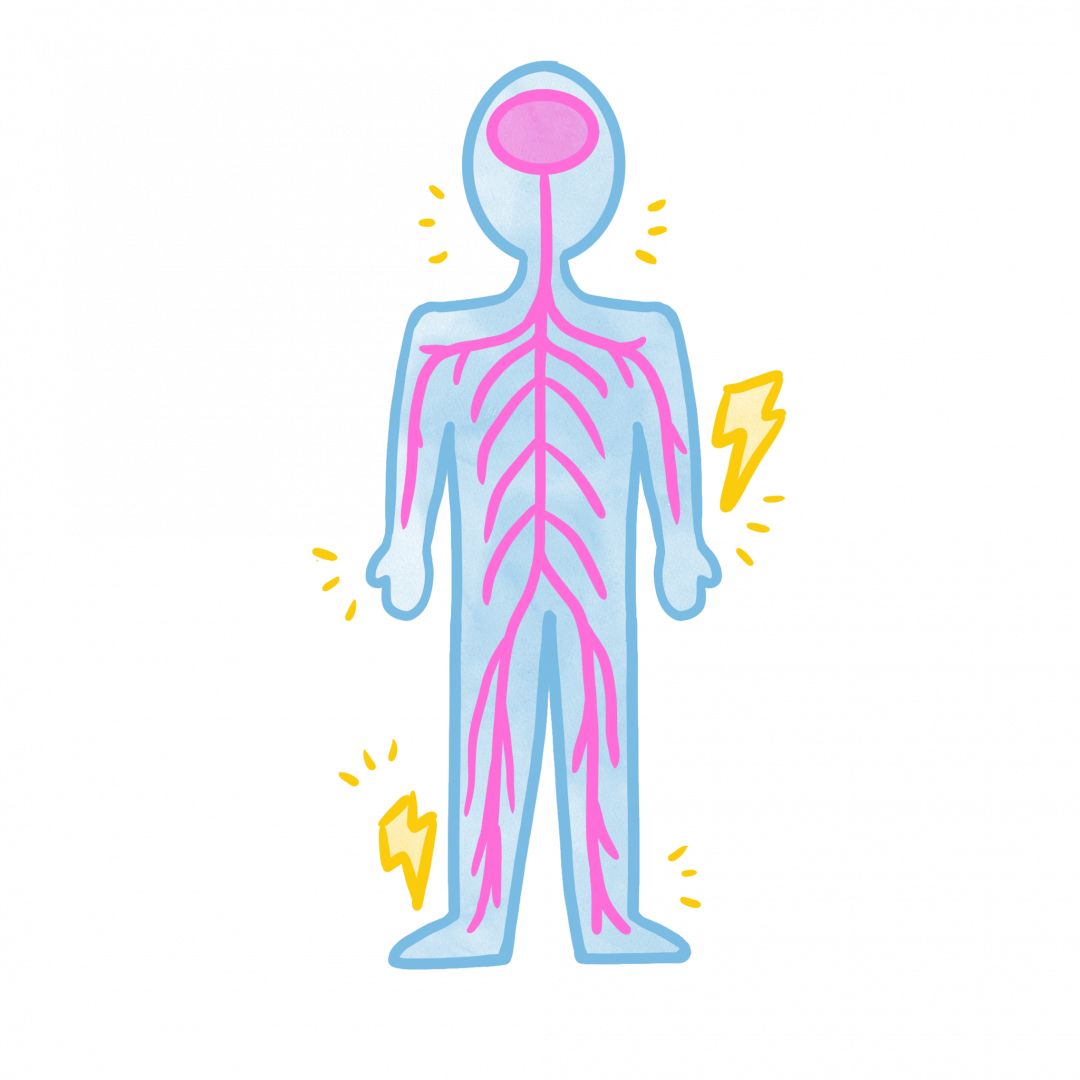
Guillain–Barré Syndrome, which causes temporary paralysis (1-2 cases/1,000,000 people vaccinated)11
Cell Culture-based Inactivated Vaccines Side Effects
These are killed vaccines that are egg-free.
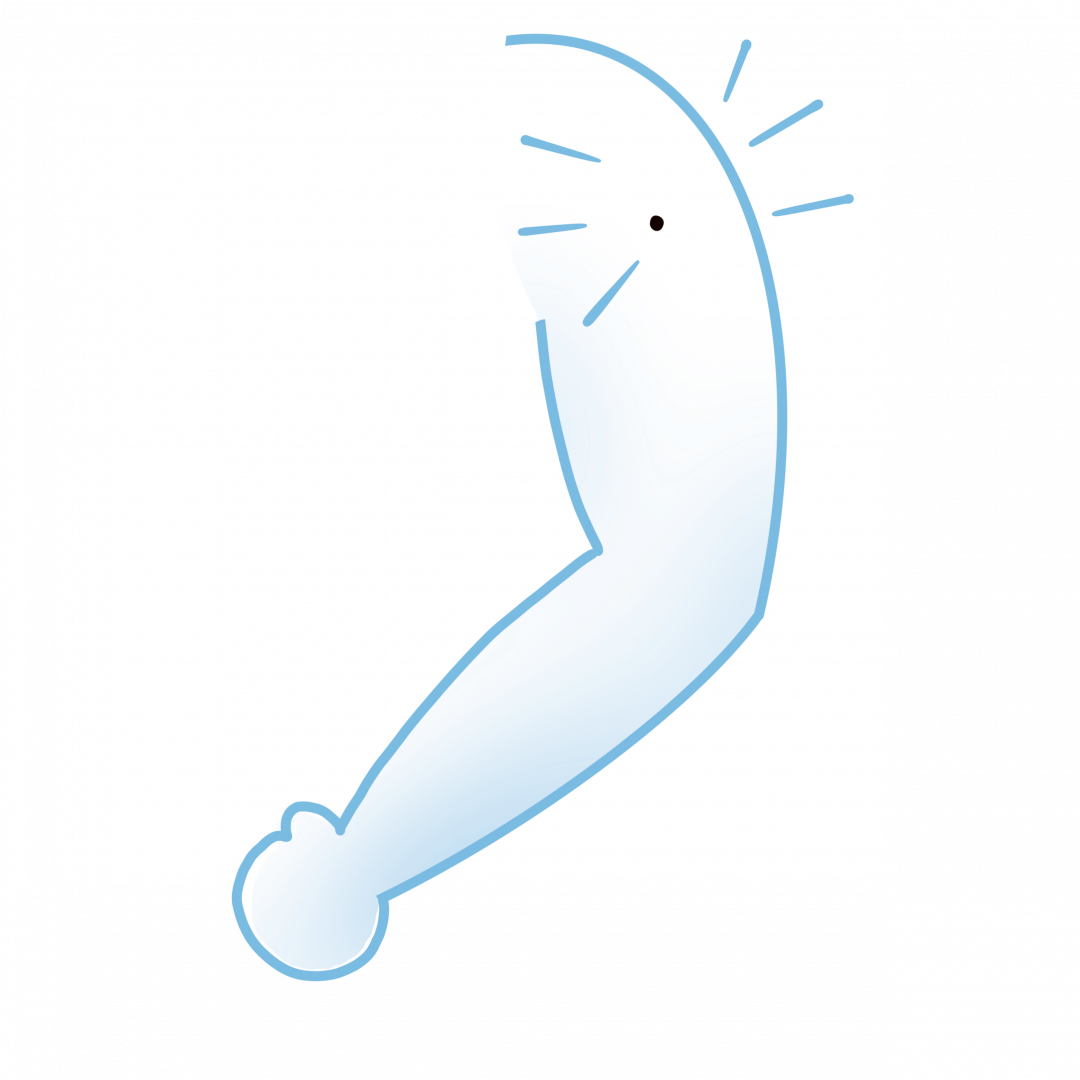
Injection site pain or reactions
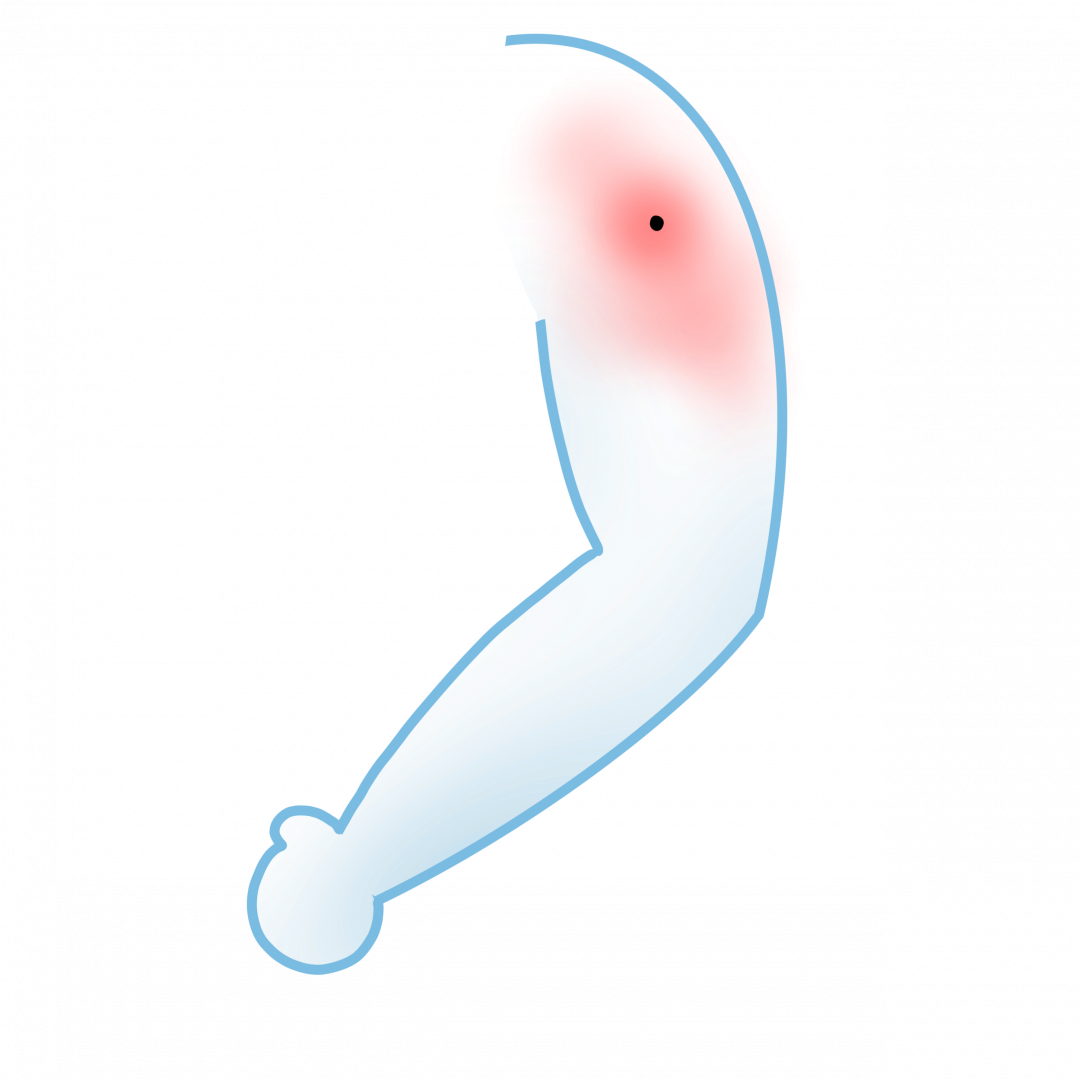
Injection site redness or rash

Headache

Weakness or fatigue
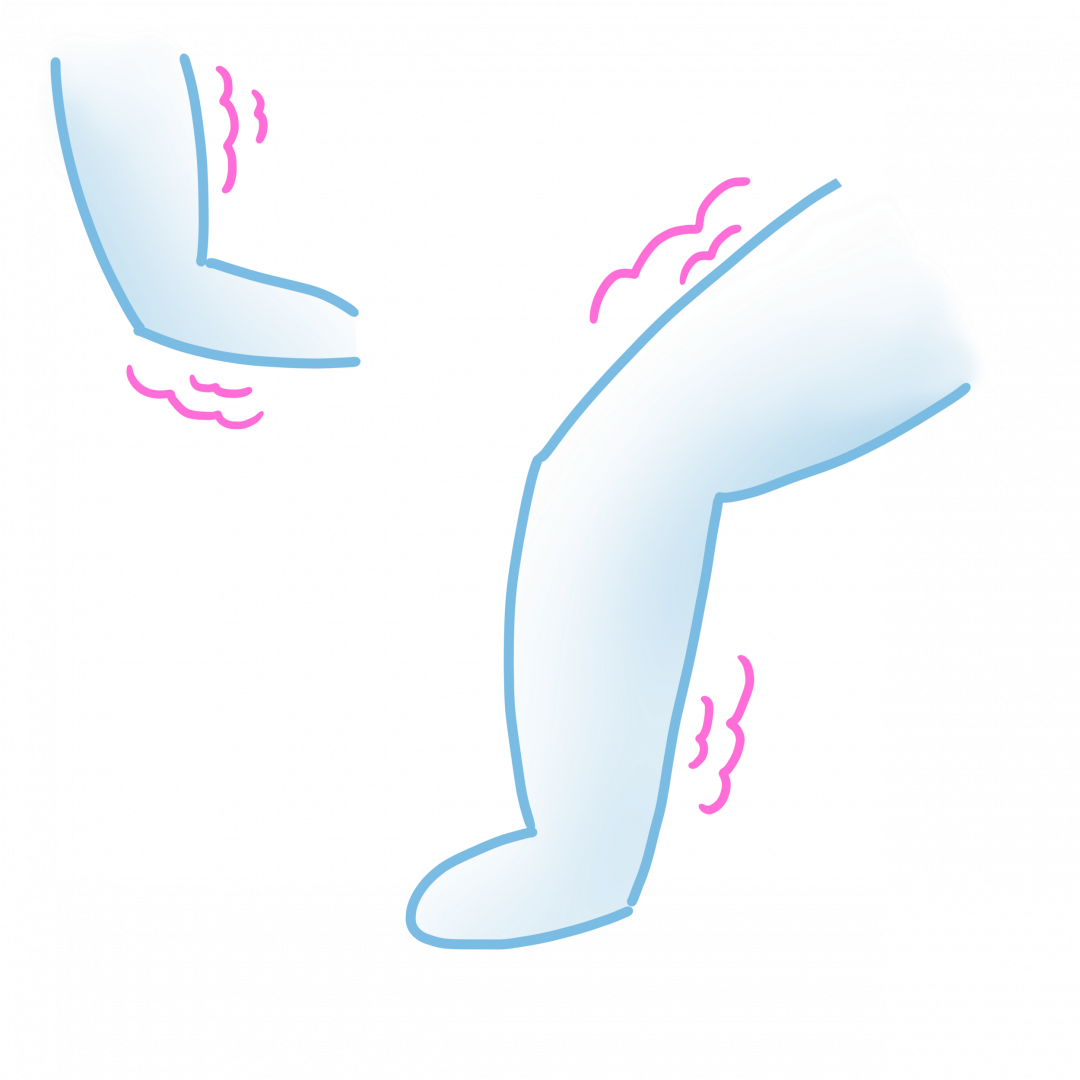
Muscle pain
Recombinant Vaccines Side Effects

Injection site pain or reactions

Headache

Weakness or fatigue

Muscle pain
Live, Attenuated Influenza Vaccine Side Effects
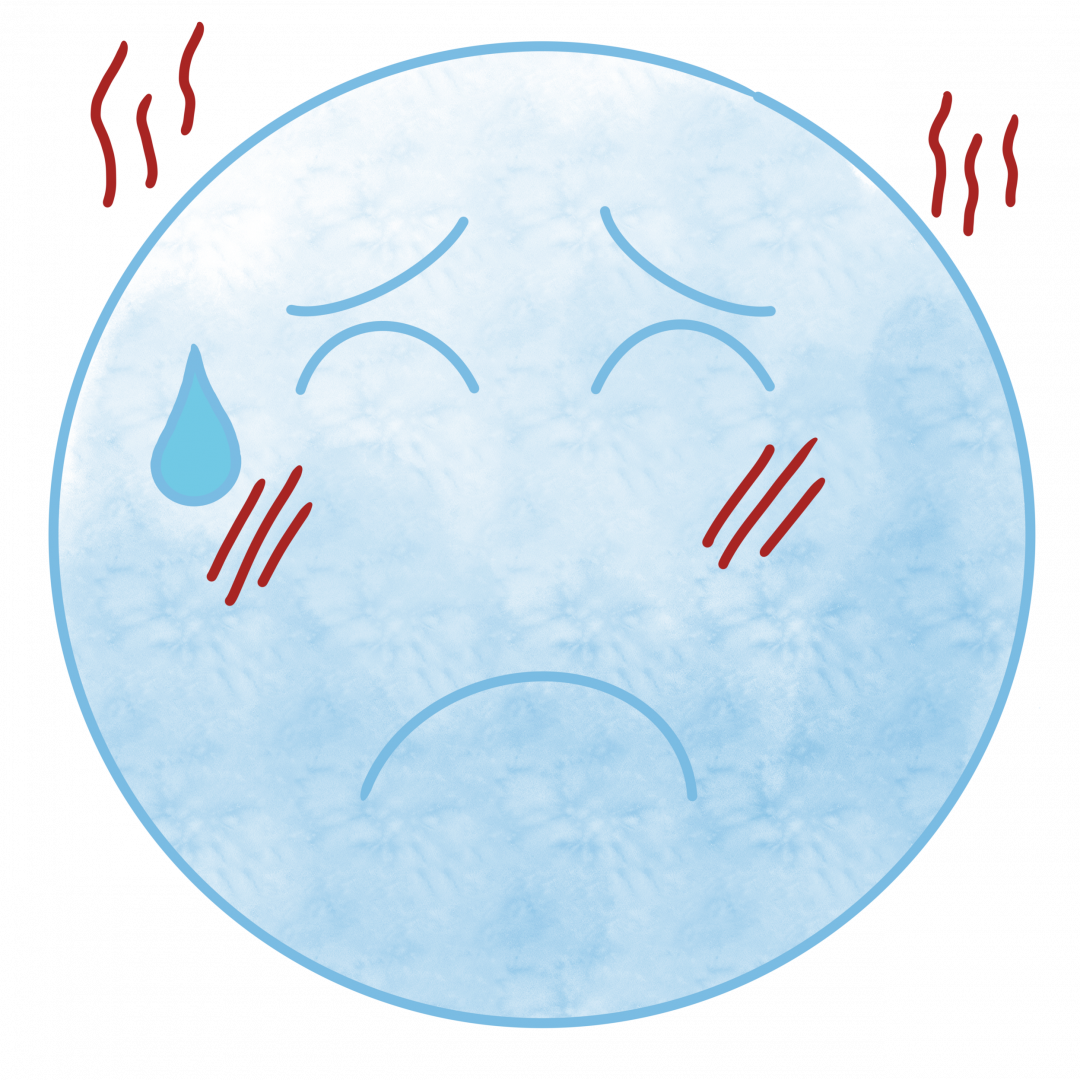
Fever

Runny or Stuffy Nose

Weakness or fatigue

Headache
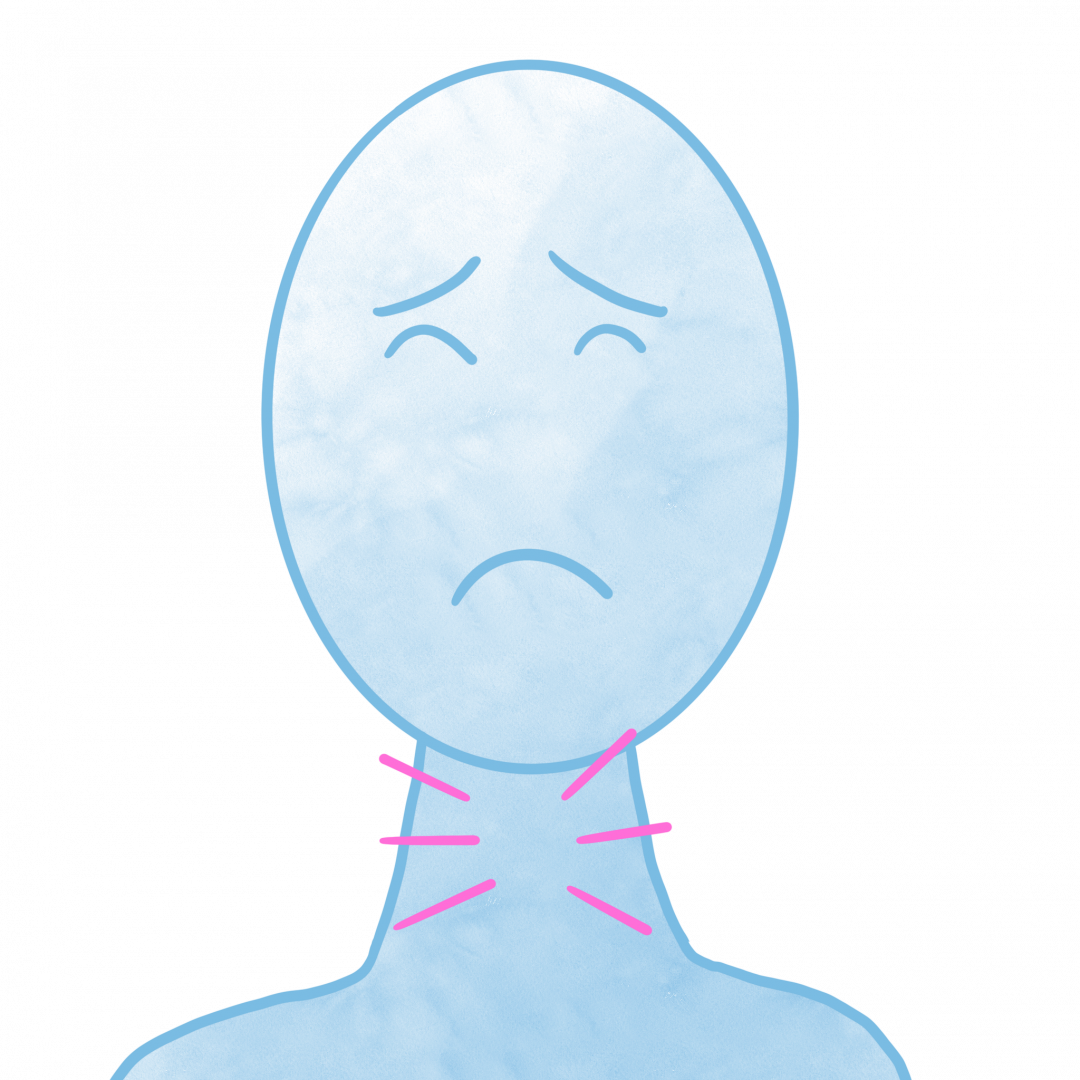
Sore Throat

Muscle pain
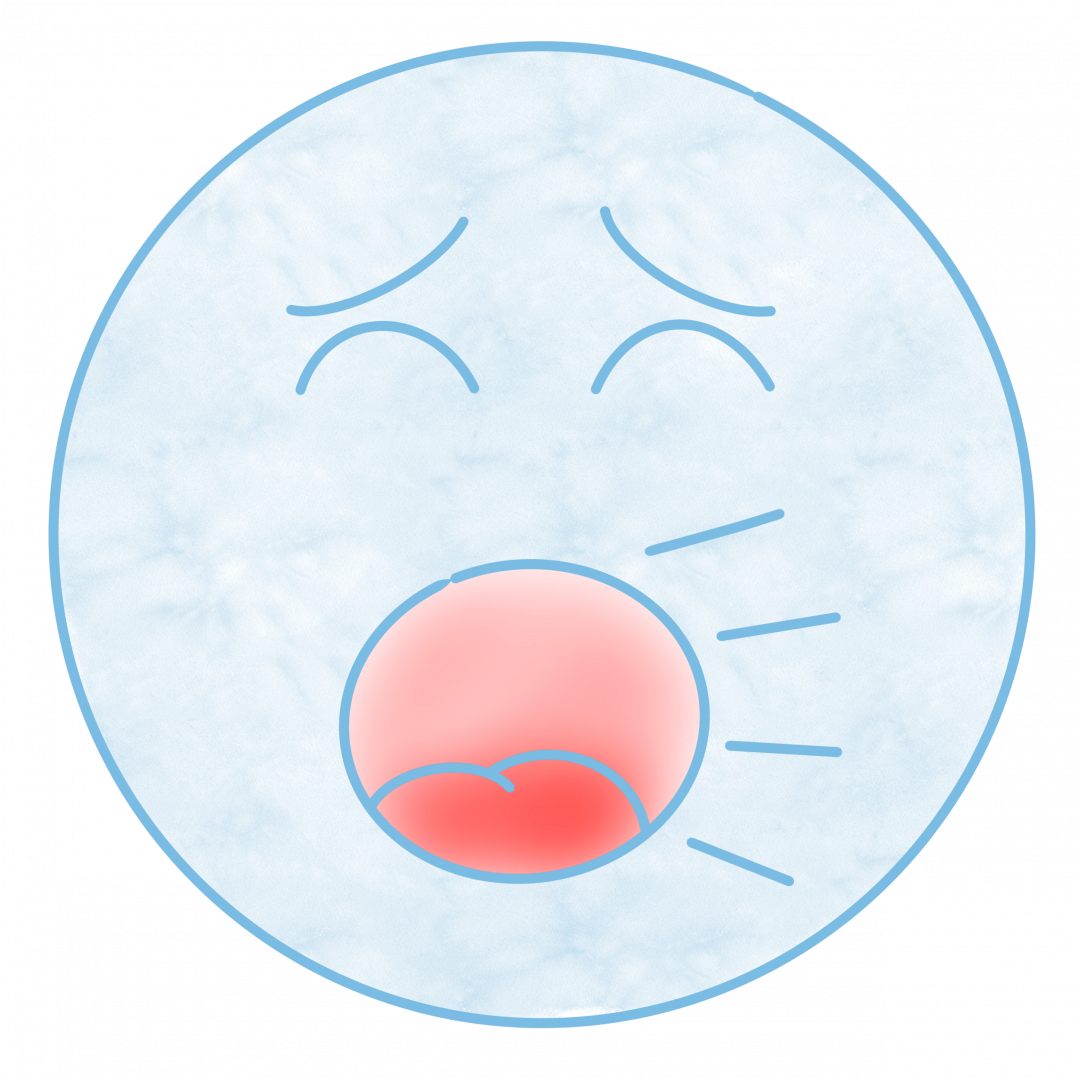
Cough
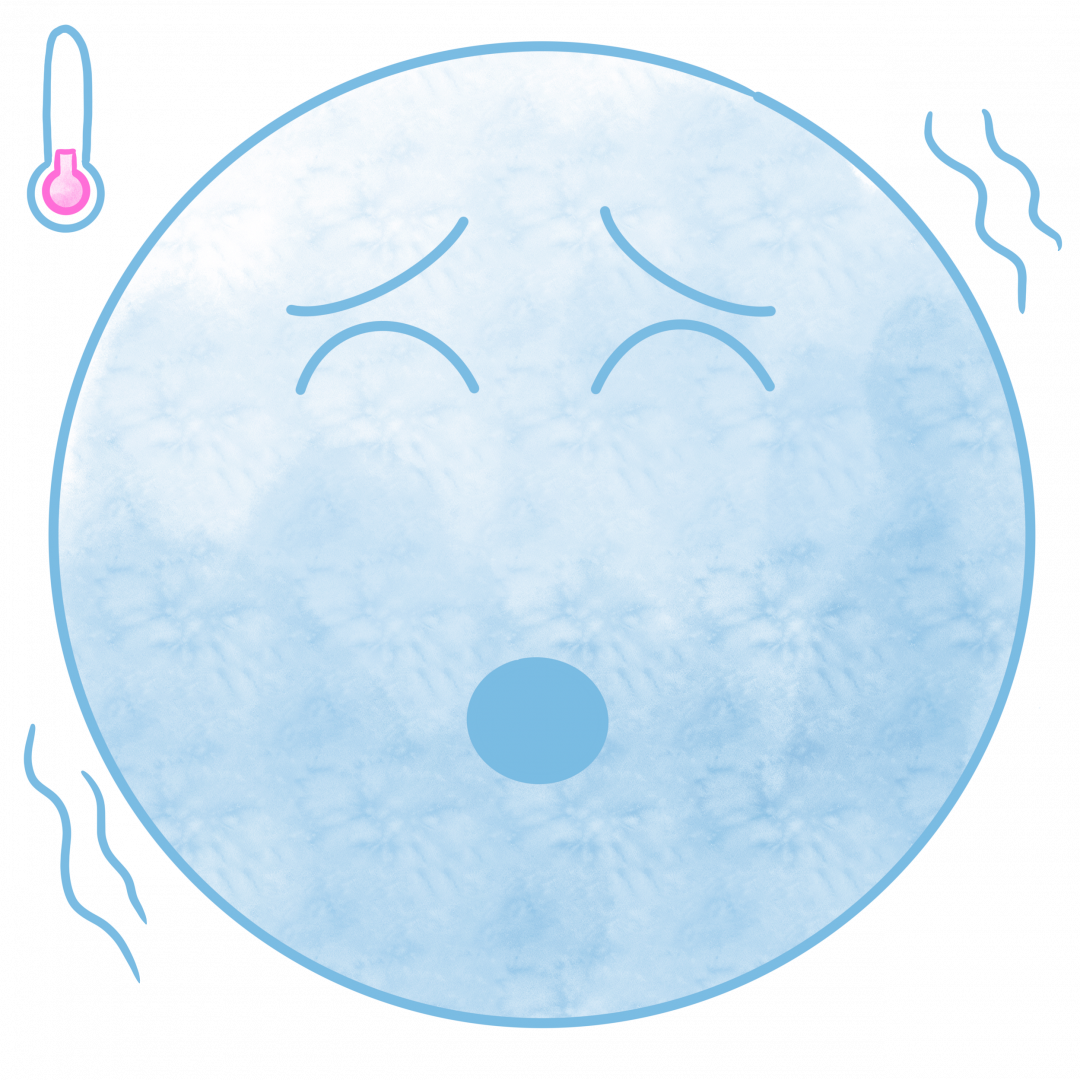
Chills
The Bottom Line
The flu can be dangerous, especially for young children and older adults. Vaccinations can prevent you or your family from catching the flu while also protecting those around you.
Sources
1. Key Facts about Influenza (Flu). Centers for Disease Control and Prevention. https://www.cdc.gov/flu/about/keyfacts.htm. Published 2019. Accessed May 4, 2020.
2. How Flu Spreads. Centers for Disease Control and Prevention. https://www.cdc.gov/flu/about/disease/spread.htm. Published 2018. Accessed May 4, 2020.
3. Influenza (flu). Mayo Clinic. https://www.mayoclinic.org/diseases-conditions/flu/symptoms-causes/syc-…. Published 2019. Accessed May 4, 2020.
4. Flu Symptoms & Complications. Centers for Disease Control and Prevention. https://www.cdc.gov/flu/symptoms/symptoms.htm. Published 2019. Accessed May 4, 2020.
5. How Influenza (Flu) Vaccines are Made. Centers for Disease Control and Prevention. https://www.cdc.gov/flu/prevent/how-fluvaccine-made.htm. Published 2019. Accessed May 4, 2020.
6. Stierwalt S. How Are Seasonal Flu Vaccines Made? Scientific American. https://www.scientificamerican.com/article/how-are-seasonal-flu-vaccine…. Published 2019. Accessed May 4, 2020.
7. How Flu Vaccine Effectiveness and Efficacy are Measured. Centers for Disease Control and Prevention. https://www.cdc.gov/flu/vaccines-work/effectivenessqa.htm. Published 2016. Accessed May 4, 2020.
8. Preventive Steps. Centers for Disease Control and Prevention. https://www.cdc.gov/flu/prevent/prevention.htm. Published 2019. Accessed May 4, 2020.
9. Flu Vaccine Safety Information. Centers for Disease Control and Prevention. https://www.cdc.gov/flu/prevent/general.htm. Published 2019. Accessed May 4, 2020.
10. Safety of Influenza Vaccines. Centers for Disease Control and Prevention. https://www.cdc.gov/flu/professionals/acip/safety-vaccines.htm. Published 2019. Accessed May 4, 2020.
11. Guillain-Barré Syndrome. Centers for Disease Control and Prevention2. https://www.cdc.gov/vaccinesafety/concerns/guillain-barre-syndrome.html. Published 2019. Accessed May 4, 2020.
